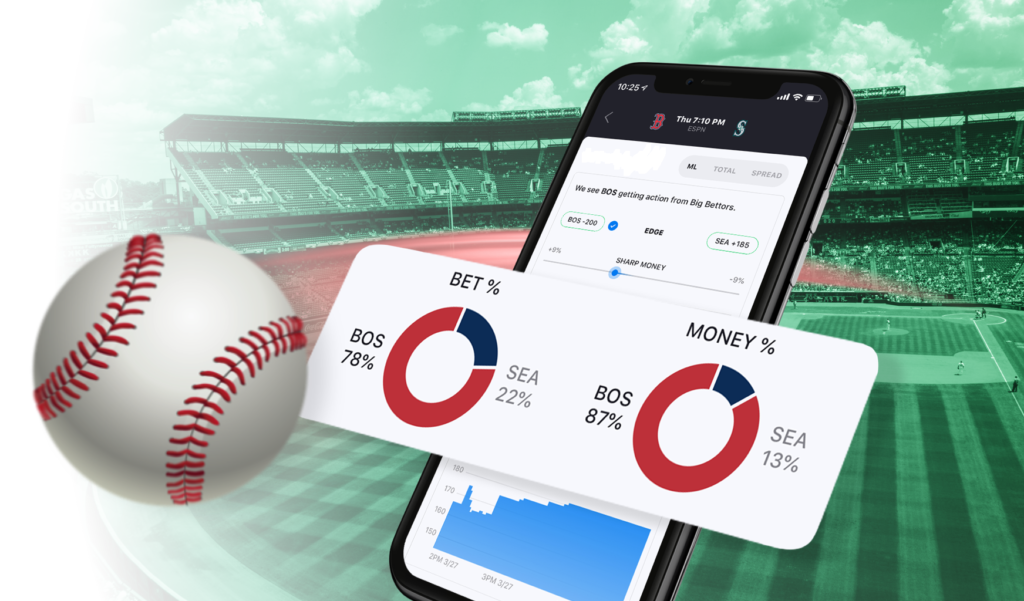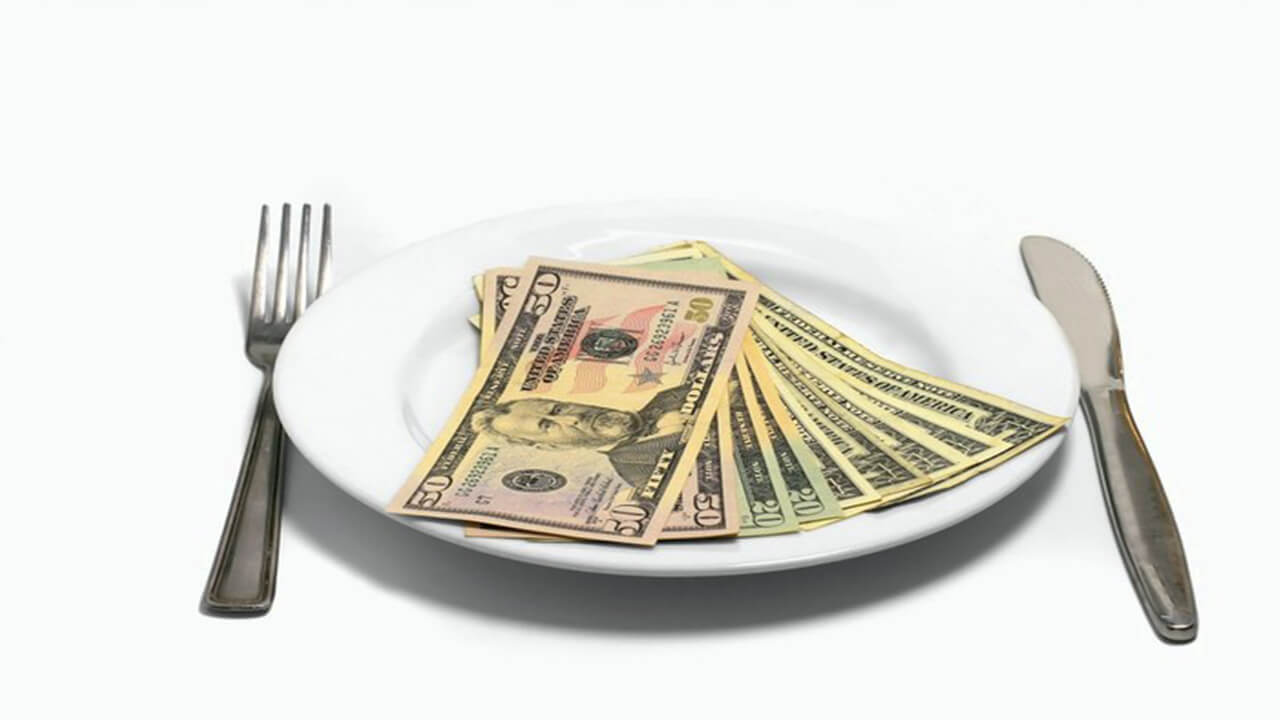Arbitrage situations in stakes (they are also forks) – the topic is very popular and in demand in the bettor community. But this is understandable, because sports arbitration promises earnings at the rates. And not just any, but a big one, and even absolutely no risks. How can you not tell of such a temptation?
Let’s find out if everything is really the way it is presented to us in arbitration bets, who are the forkers in bookmakers, what the forks are and how bookmakers catch and punish such players.
What are arbitrage situations (forks)?
In the world of betting there is such an unspoken rule: any activity, one way or another connected with risk, means searching for a difference in value. In other words, if you can buy something for $ 5 at the first enterprise, and then sell it to someone at retail for $ 10, you will earn $ 5 without the slightest risk. No noise and dust, as they say.
Of course, this scheme is much simpler than is usually used in financial or banking activities. But it is on it that the bookmaker arbitration is built.
Bookmaker arbitration (forks) is a strategy in which a player places bets on all possible outcomes of a sporting event in different BCs, in order to subsequently use the divergence of the coefficients to obtain a guaranteed profit.

In fact, betting on the forks seems to be a fairly effective strategy, only the majority of bookmakers are extremely negative about it. Accordingly, the attitude towards the forklift trucks is the same.
In the same plane, there is still such a thing as “fork shoulders”. By and large, these are betting options that form the whole fork situation. At the same time it is not necessary that all shoulders will bring the same profit. Some players, by the way, use forks just as a safety net for their bet. They put in such a way that one outcome (main) gave the maximum winnings, and all the rest just enough for a refund.
The number of shoulders depends mainly on the sport. In basketball, for example, they are usually 2, and in tennis and volleyball, their number can go up to 6, if you bet on each set. As a rule, forks are placed not only on outcomes, but also on other markets that are offered by bookmakers, too. For example, it can be TB and TM, negative and positive handicap and so on. Incomplete forks – this is when a player makes bets on three outcomes, one of which does not overlap.
Where do forks come from (arbitrage situations)?
The main reason for the appearance of forks is the movement of the coefficients. And create his pools of players. Suppose the coefficient for a certain event in bookmaker offices was 1.9 and 1.9. But in one of these offices, the players at once “thrust” huge sums of money for this event and an automatic loading of the coefficient occurred. And the odds from her fell to 1.7 and 2.4 (conditionally), and in the other BC the coefficients remained unchanged – 1.9 and 1.9. This is a key point, because it is here and now that the fork (arbitration) appears – these are just the coefficients 1.9 and 2.4. in neighboring offices.

Forks live and prematch: what’s the difference?
In fact, the difference is obvious: some plugs are placed during the passage of a sporting event (in live), while others are made before it starts (prematch). Moreover, among forkers it is believed that Prematch forks are more suitable for beginner players. Because the coefficients change much slower than in live. And live gives more opportunities to break the big score due to inflated coefficients.
Also, the majority of forkers sincerely believes that playing forks in live is safer and easier than in prematch. Since the bookmaker has almost no time to catch such a player red-handed. And they, by the way, are actively and constantly looking for them. You can try this tactic on the site http://pin-up.bet.
